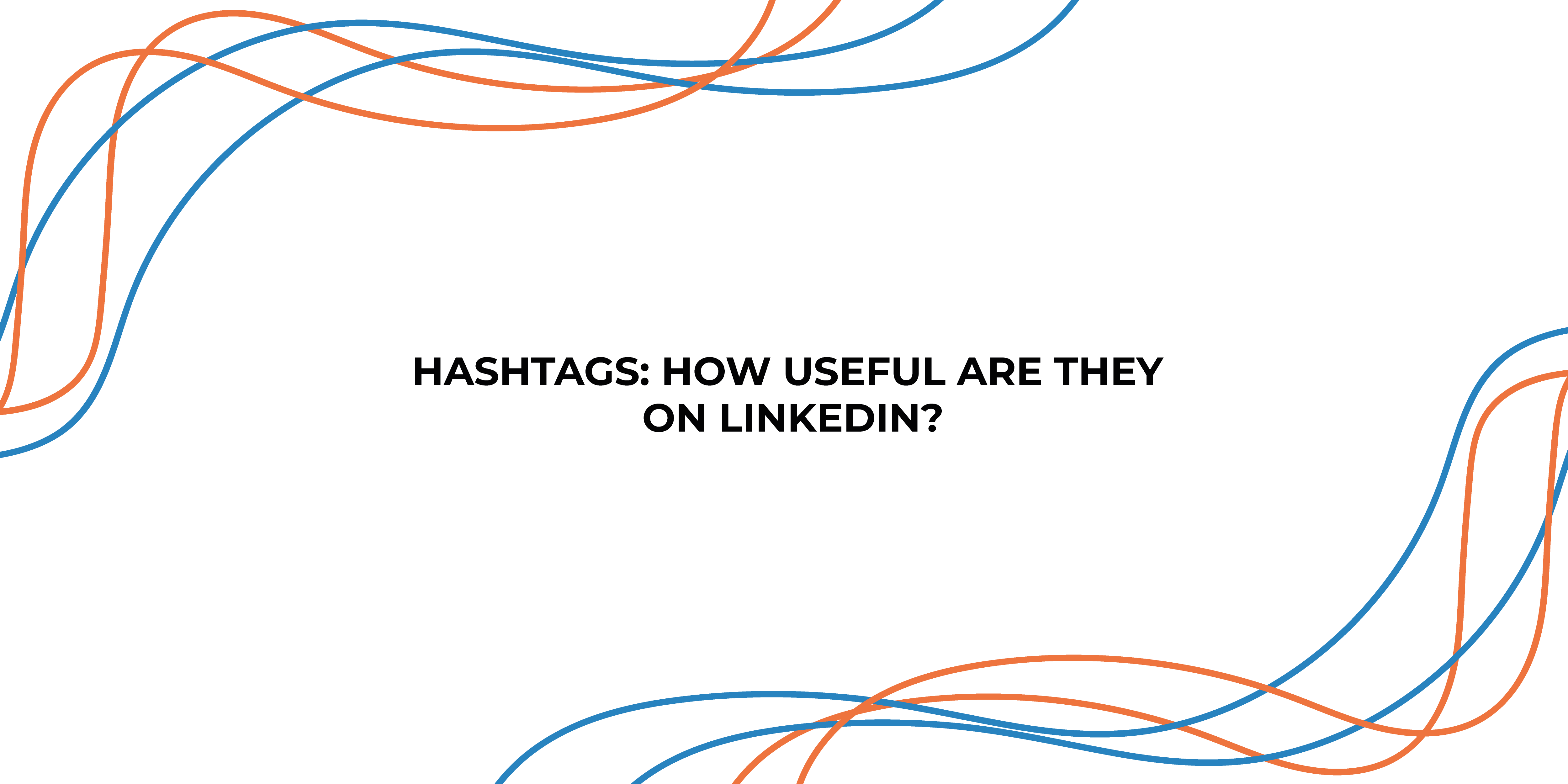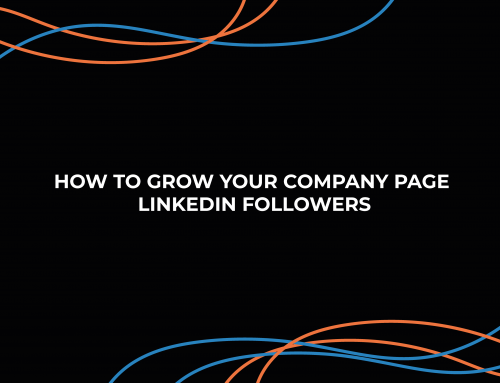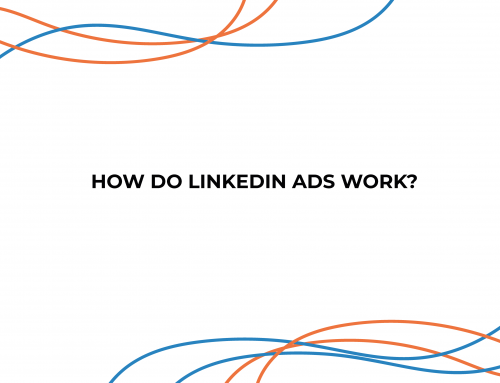When we talk about hashtags, Twitter usually comes to mind first, sorry X, as it’s where they’re most commonly used. You’re probably familiar with using hashtags on platforms like TikTok and Instagram as well, where they’re all over the place. But did you know that LinkedIn also uses hashtags?
They serve a similar purpose to those on other social media platforms – LinkedIn uses them to categorise LinkedIn articles, posts, and updates by topic. They play a crucial role in helping users discover relevant content, thereby boosting engagement and improving visibility for individuals and brands alike.
In this blog post, we’ll delve into the various ways hashtags on LinkedIn can boost your visibility, engagement, and overall success. Whether you’re new to LinkedIn or a seasoned user looking to refine your content generation strategy, these tips will help you make the most out of these helpful tools for content creation on LinkedIn.
The Benefits of Using Hashtags on LinkedIn
Increased Visibility Through Strategic Hashtag Use
Using hashtags strategically can significantly broaden the reach of your content. By including relevant and trending hashtags in your posts, you have the opportunity to connect with audiences beyond your immediate network. Users who are searching for or following specific hashtags may come across your content, resulting in increased visibility and potential networking opportunities.
For example, suppose you’re a marketing professional sharing insights on digital advertising trends. By including hashtags such as #digitalmarketing, #advertisingstrategy, or #marketingtrends in your post, you make it visible to a wider audience interested in those topics. Someone scrolling through the #digitalmarketing feed might stumble upon your post, leading to potential engagement or even a new connection with someone in your industry.
This approach aligns seamlessly with the goal of content creation for LinkedIn, meaning you can create posts that resonate with your target audience while maximising their discoverability. Using hashtags strategically empowers you to position your content in front of individuals who are specifically interested in the subjects you’re discussing, thereby improving your chances of sparking meaningful interactions and expanding your professional network on the platform.
Riding the Wave of Trending Conversations
LinkedIn frequently spotlights trending hashtags and topics, offering a prime opportunity to join the conversation and amplify your presence on the platform. When LinkedIn highlights certain hashtags or topics as trending, it’s a signal that these discussions are capturing the attention of a significant portion of the user base. By leveraging relevant words and phrases associated with these trends, you can strategically insert your content into these ongoing conversations.
Participating in trending topics allows you to tap into a broader audience beyond your immediate network. When users explore these popular discussions, they’re more likely to come across your content, leading to increased visibility and engagement. Moreover, engaging with trending topics demonstrates your awareness of industry trends and current events, positioning you as a knowledgeable and engaged member of the LinkedIn community.
Beyond simply boosting your visibility, actively participating in trending conversations presents an opportunity to showcase your expertise and thought leadership on LinkedIn. By offering unique insights, sharing valuable perspectives, or providing expert commentary, you can distinguish yourself as a trusted authority in your field. This not only improves your credibility but also strengthens your professional brand on the platform.
Event Promotion for Networking Opportunities
When you’re gearing up for an event, whether you’re attending or hosting, LinkedIn offers several ways to raise awareness and boost attendance. Perhaps you could mention it in a LinkedIn newsletter or run a LinkedIn advertising campaign specifically for the event. Another effective tactic is to use a dedicated event hashtag, which can improve your networking efforts by attracting other attendees.
For example, when we attended the B2B Marketing Expo last November, in the run-up to the event, we launched a promotion campaign using the hashtag #b2bexpo. This strategic approach not only generated considerable engagement with our posts but also introduced us to fellow attendees with whom we were able to develop relationships.
Building Brand Awareness with Consistent Hashtag Usage
One effective strategy for building brand awareness is to establish a consistent branded hashtag related to your company or personal brand. This hashtag serves as a digital signature that represents your expertise and values. For instance, if you want to be recognised as a thought leader in digital marketing or entrepreneurship, consistently using hashtags like #digitalmarketing or #startupinsights in your content can help reinforce your brand identity.
By consistently using these branded hashtags across your LinkedIn profile, whether posts or LinkedIn articles, you create a narrative that reinforces your expertise and positions you as a go-to resource in your field. Over time, as users encounter your content alongside these hashtags, they begin to associate them with your brand, leading to increased visibility, recognition, and credibility within your industry or niche.
Encouraging your network to use this branded hashtag can further amplify its impact. This collaborative effort not only extends the reach of your brand but also reinforces its presence within your professional network. In essence, including a consistently branded hashtag in your content generation strategy on LinkedIn is a powerful way to reinforce your brand identity, establish thought leadership, and foster community engagement.
Tips for using hashtags on LinkedIn
Now that you understand the benefits of using hashtags on LinkedIn, here are some practical tips to help you make the most of them:
- Be specific: Use relevant and specific hashtags to your industry or profession. By using phrases that are directly related to your field or profession, you guarantee that your posts are seen by individuals who are genuinely interested in the topics you’re discussing.
- Keep it short and sweet: Hashtags should be short and easy to read. Use single words or short phrases only and avoid using complex or lengthy hashtags because brevity improves readability and accessibility.
- Use relevant hashtags: When you post hashtags that closely align with the subject matter of your post, you signal to algorithms and users alike that your content is relevant to their interests. This increases the likelihood of your post being surfaced in relevant searches or appearing in users’ feeds, ultimately driving higher engagement and interaction with your content.
- Mix and match: Try using a mix of popular and less popular hashtags because it allows you to reach a wider audience. Popular hashtags may attract more views initially but face more competition, making it harder for your post to stand out. On the other hand, less popular hashtags may have fewer views, but they also have less competition, giving your post a better chance of being noticed by those genuinely interested in your content. By combining both types, you can maximise your post’s visibility and engagement potential across different segments of your target audience.
- Less is more: Use 3-5 hashtags because too many can make posts look spammy and cluttered. Limiting the number you use ensures that each hashtag is relevant and adds value to your post. This makes it easier for users to engage with your content and increases the likelihood of your target audience seeing your post.
- Don’t capitalise letters: While capitalisation doesn’t affect the searchability of hashtags on most social media platforms, using lowercase letters makes your content easier to read and reduces visual clutter in your post. Additionally, using all lowercase letters is the standard convention for hashtags and helps maintain consistency and professionalism in your social media presence.
Conclusion
On LinkedIn, hashtags are essential tools for professionals looking to improve their online presence. Whether you want to reach a wider audience, categorise your posts, join trending discussions, promote events, or raise brand awareness, using hashtags strategically is important. By trying out different hashtags, staying updated on industry trends, and recognising the impact of these symbols, you can unlock new opportunities and connections on the platform.
StraightIn is a LinkedIn marketing agency with extensive experience in content marketing on LinkedIn. If you’re looking to improve your presence on LinkedIn and drive results through effective content strategies, we’re here to help. Get in touch with us today to learn more about how we can support your LinkedIn marketing goals.





